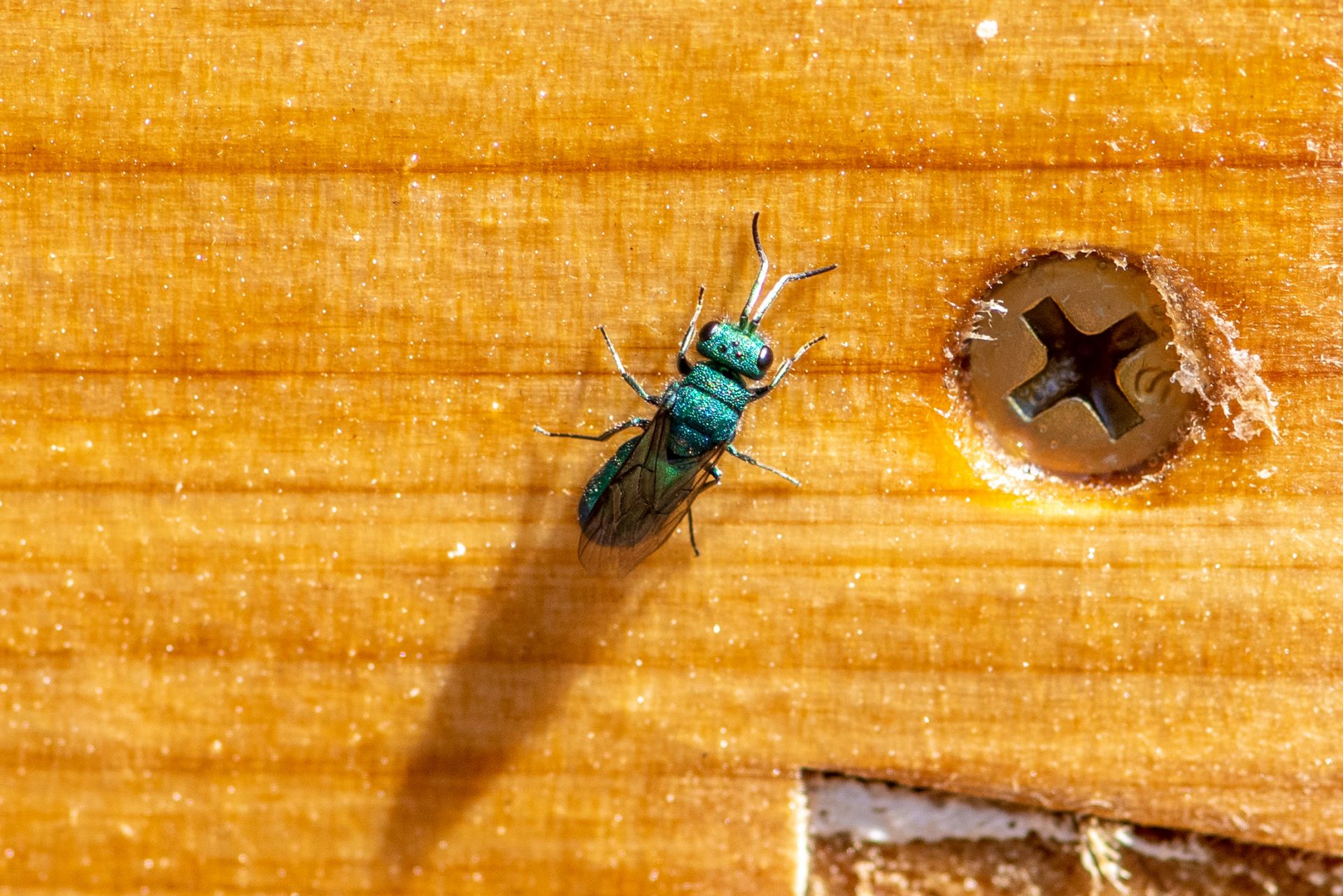
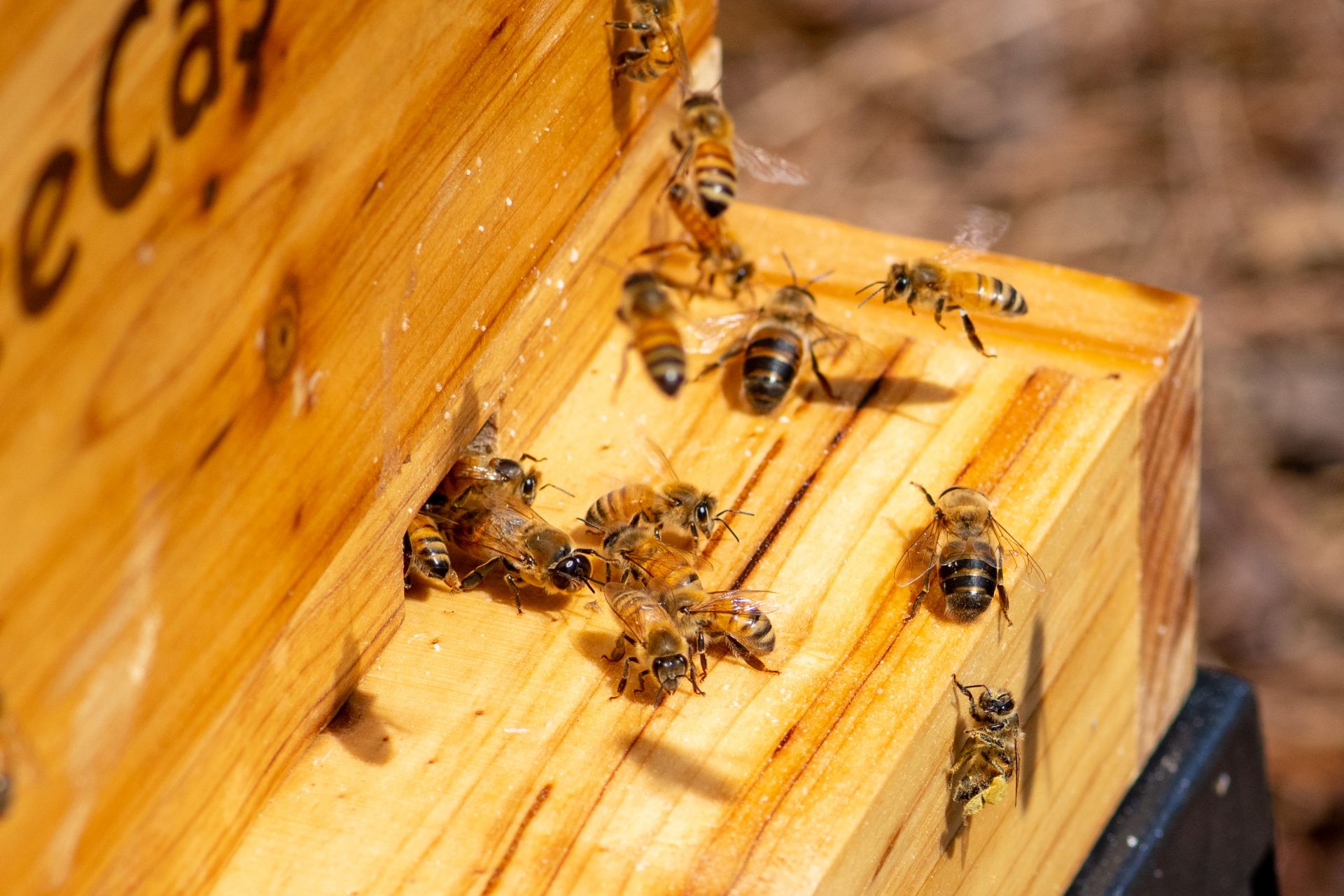



Edited by ANTdrew, April 23 2023 - 2:24 AM.
Edited by ANTdrew, May 20 2023 - 4:13 PM.
Today I saw that the wild bees sealed two of the test tubes (12/10 mm diameter) I placed inside my bee hotel: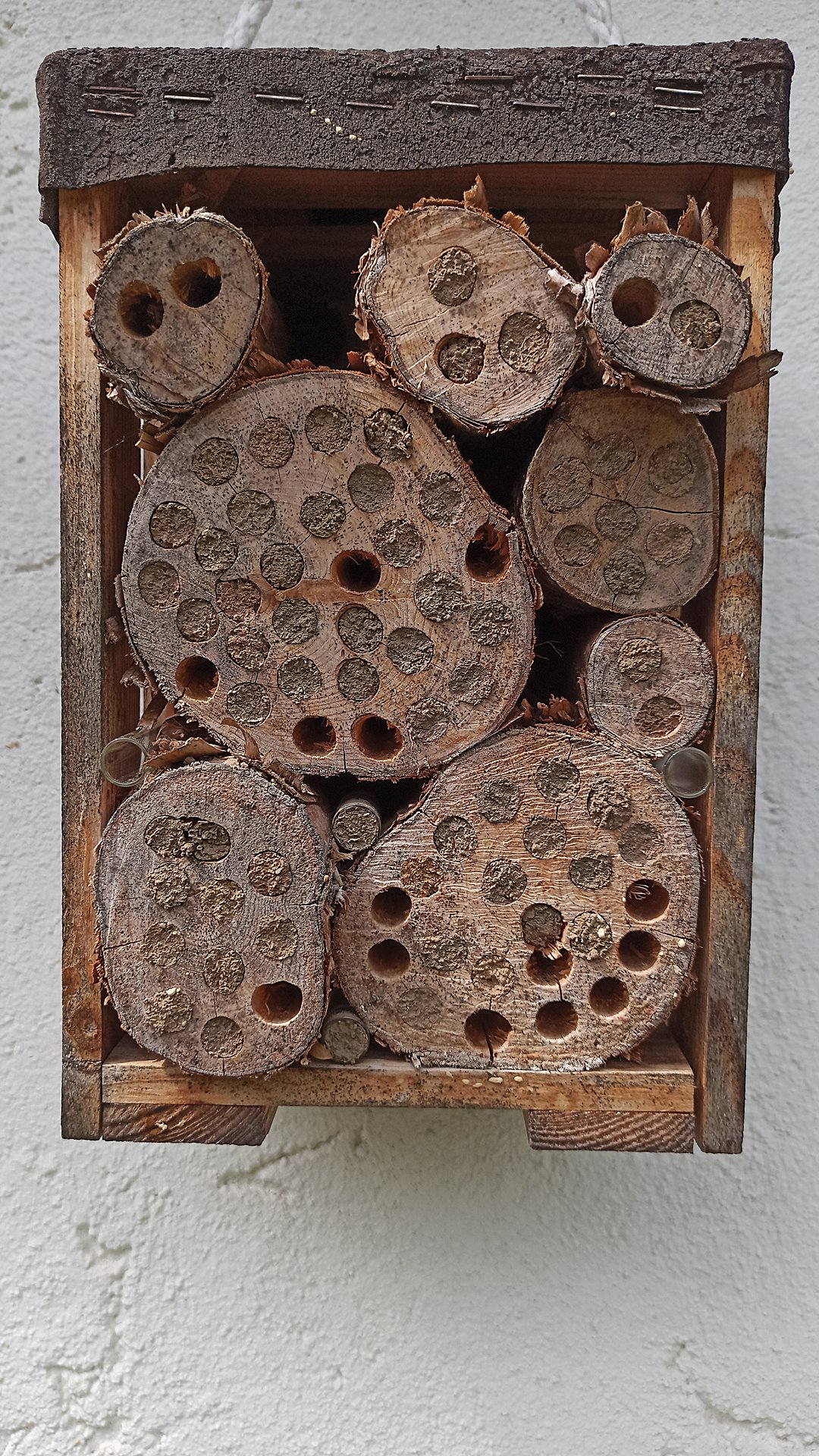
I took one test tube out and took additional pictures:
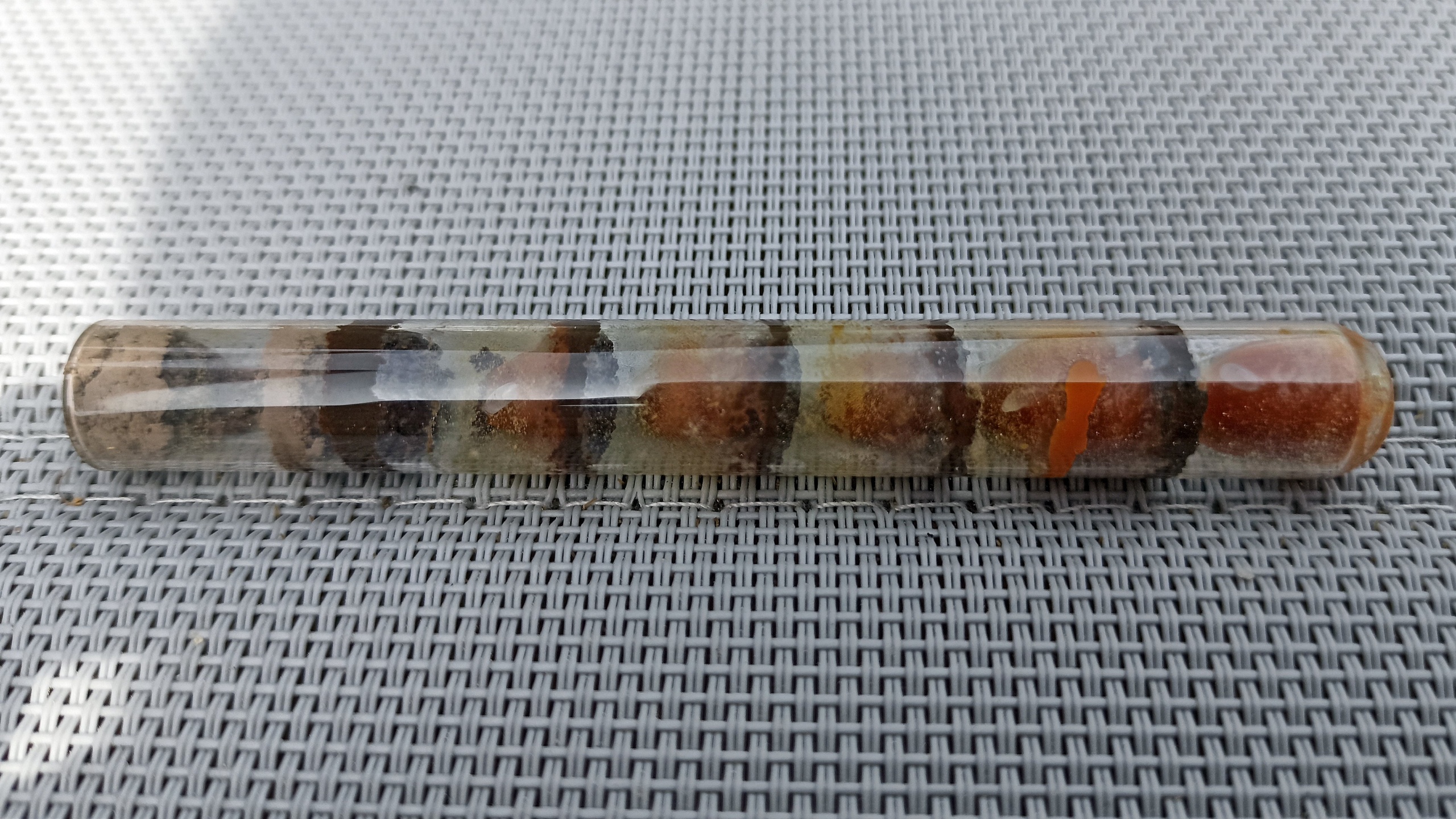
You can see the 5 brood chambers that contain nectar, pollen and exactly one egg (or maybe already small larvae?)
Close-up of one chamber:
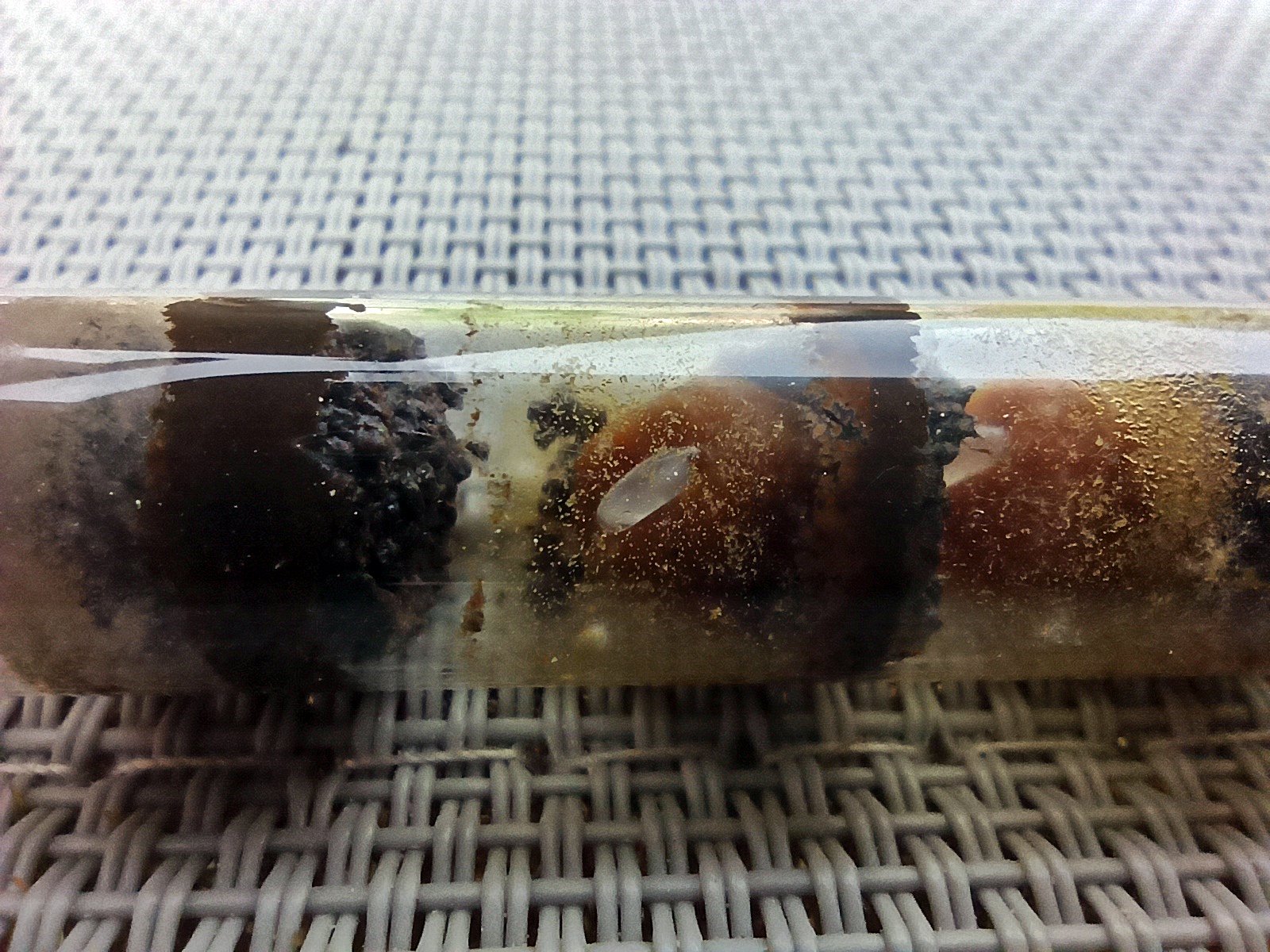
Today I saw that the wild bees sealed two of the test tubes (12/10 mm diameter) I placed inside my bee hotel:
I took one test tube out and took additional pictures:
You can see the 5 brood chambers that contain nectar, pollen and exactly one egg (or maybe already small larvae?)
Close-up of one chamber:
Wow this is awesome.
I should try that, too.
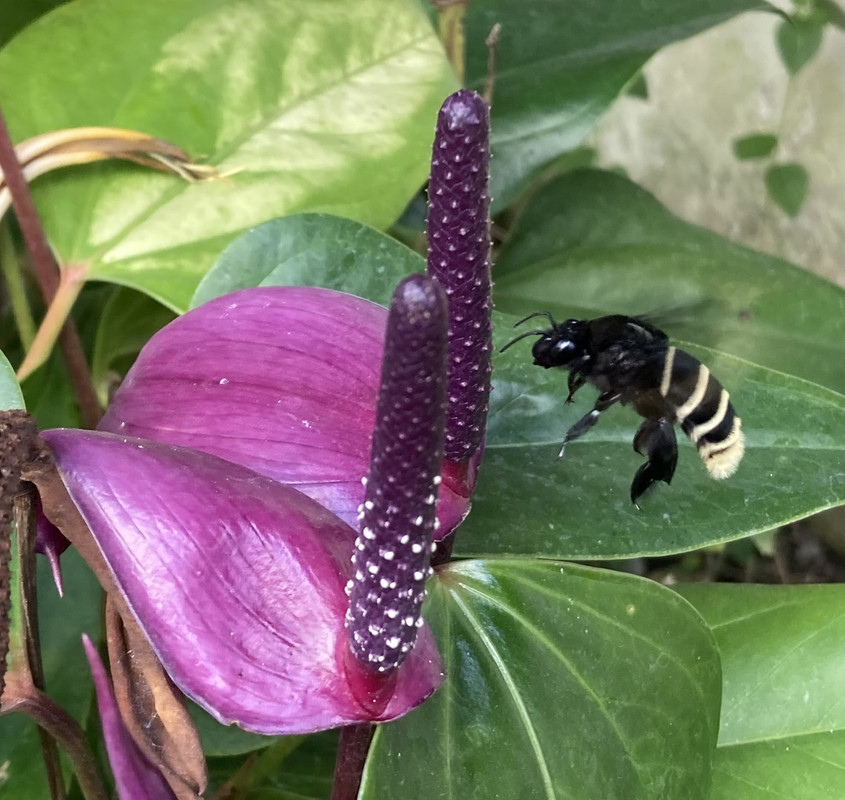
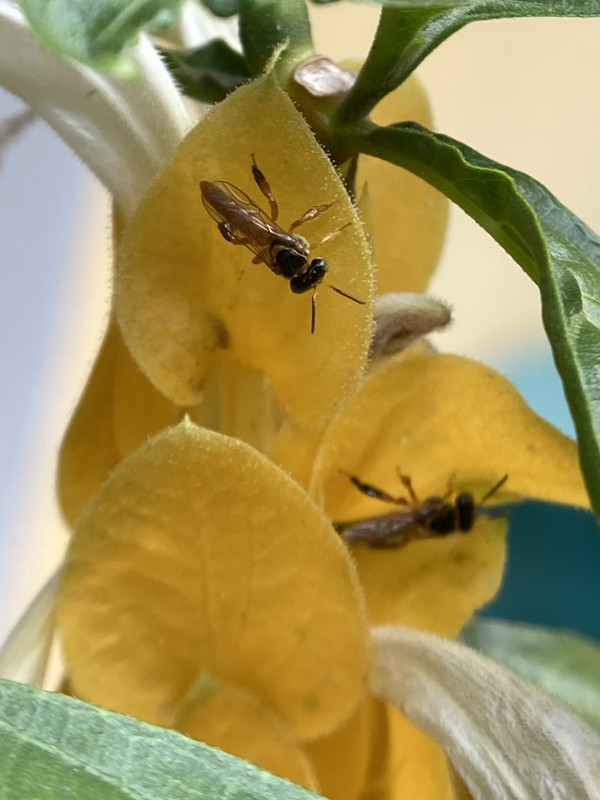
We were traveling in the Southwest for our anniversary and were visiting the Santa Fe Botanical Gardens. It was supposed to be a decent birding site but I ended up being fascinated by the bugs ![]()
First, a Spotted Woolcarder (Anthidium maculosum) on a Beardtongue (Subgenus Penstemon). There’s another foraging in the upper right of the frame.
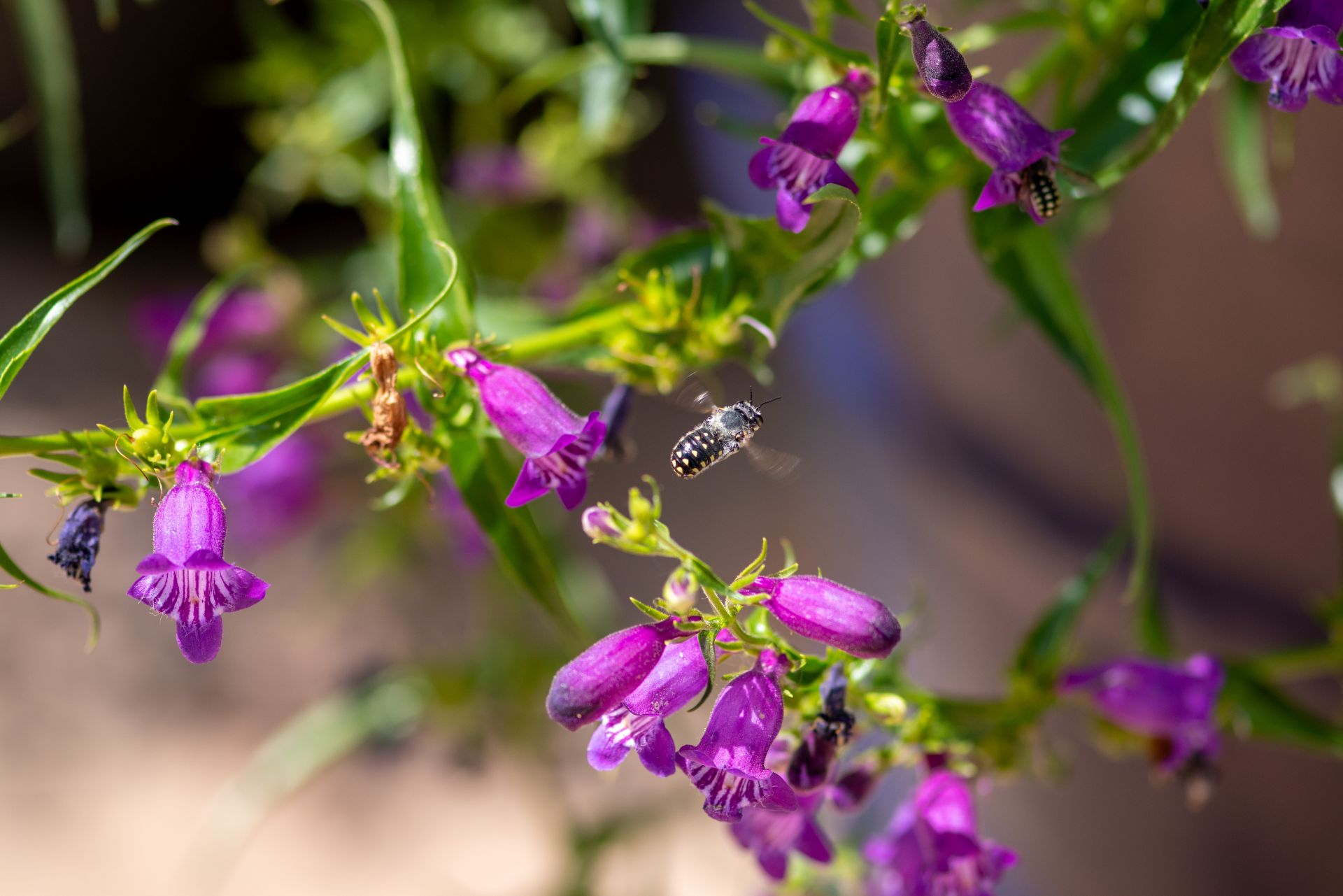
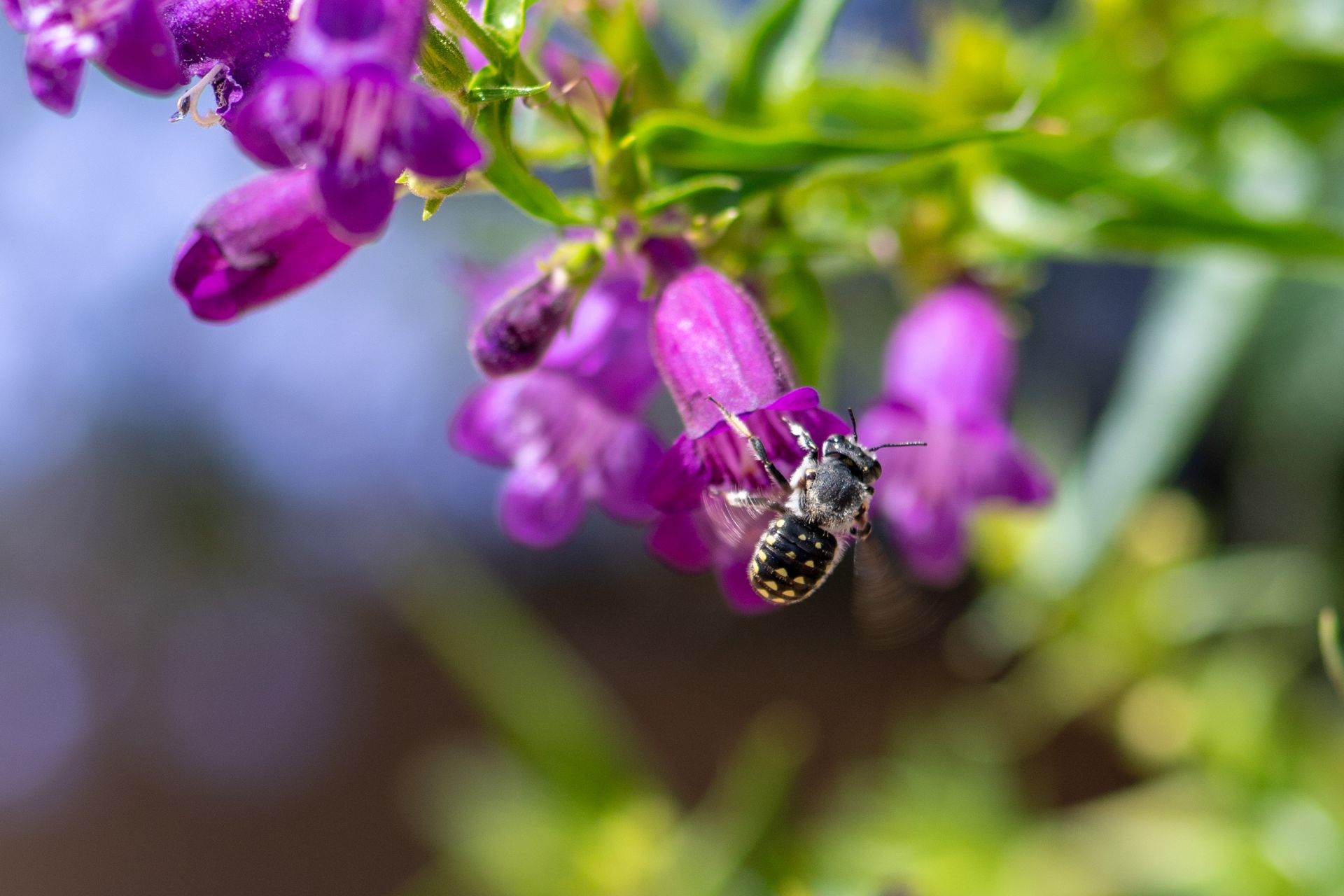
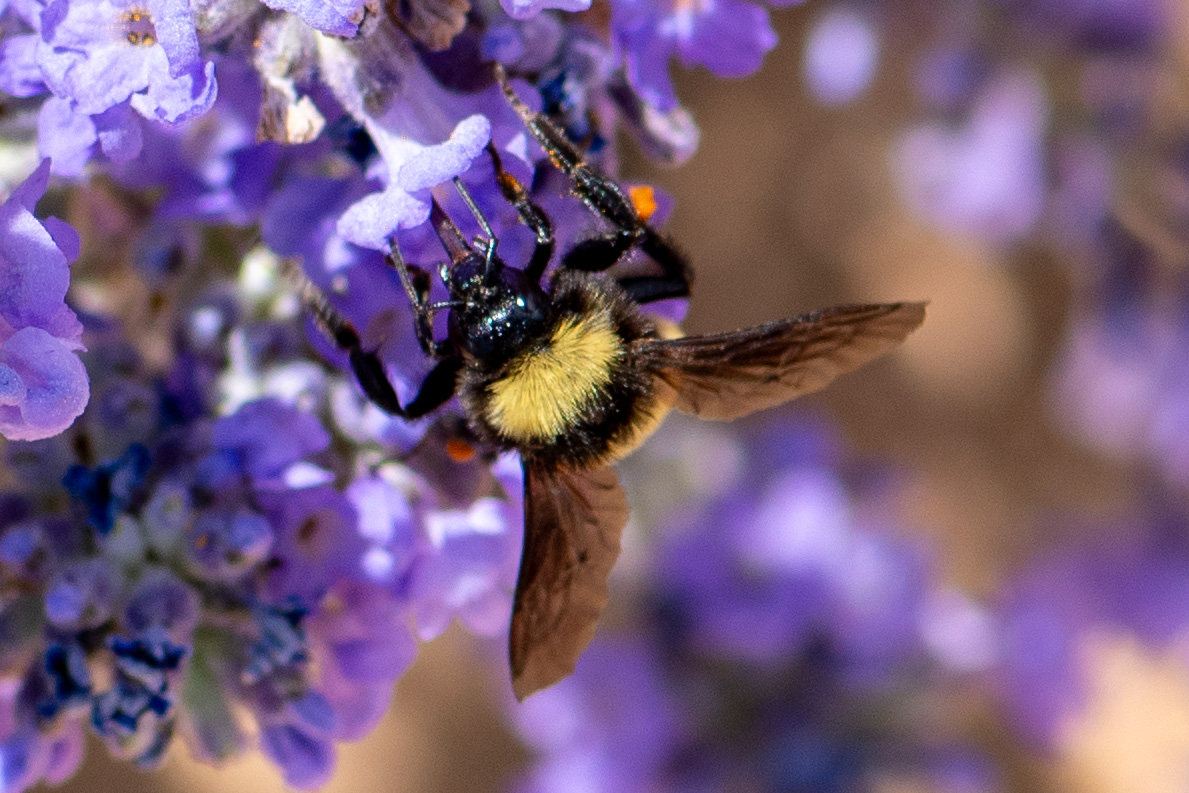
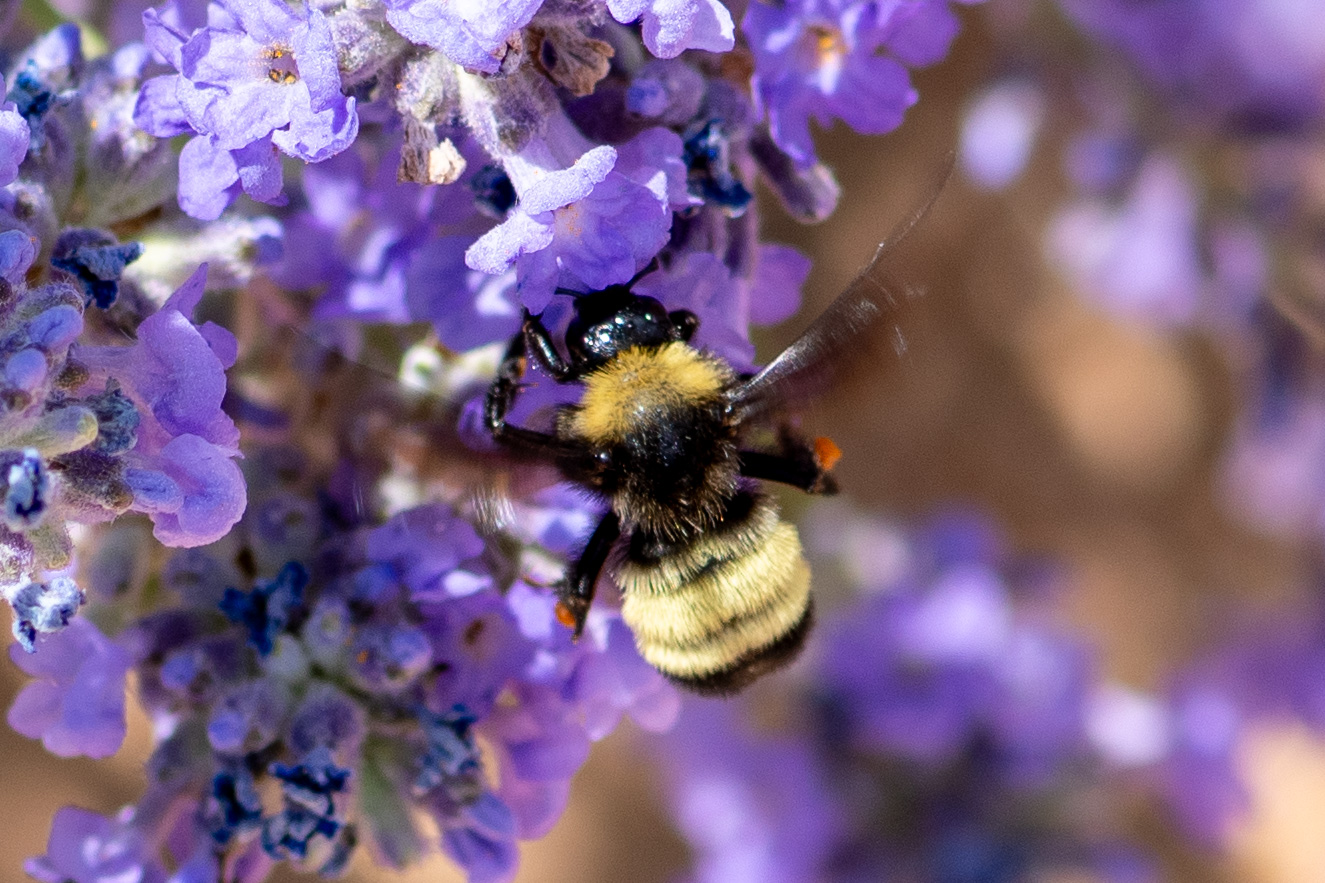
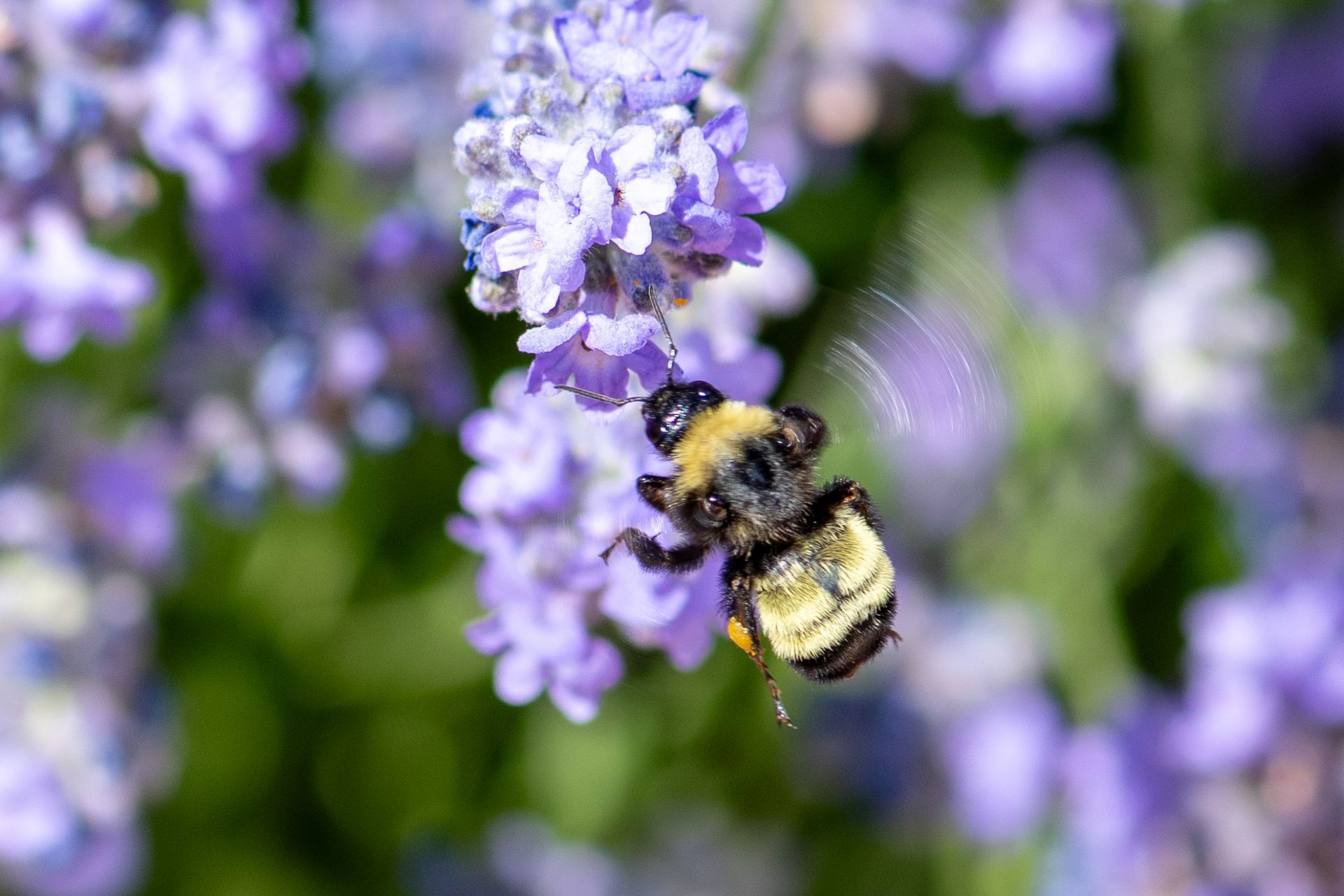
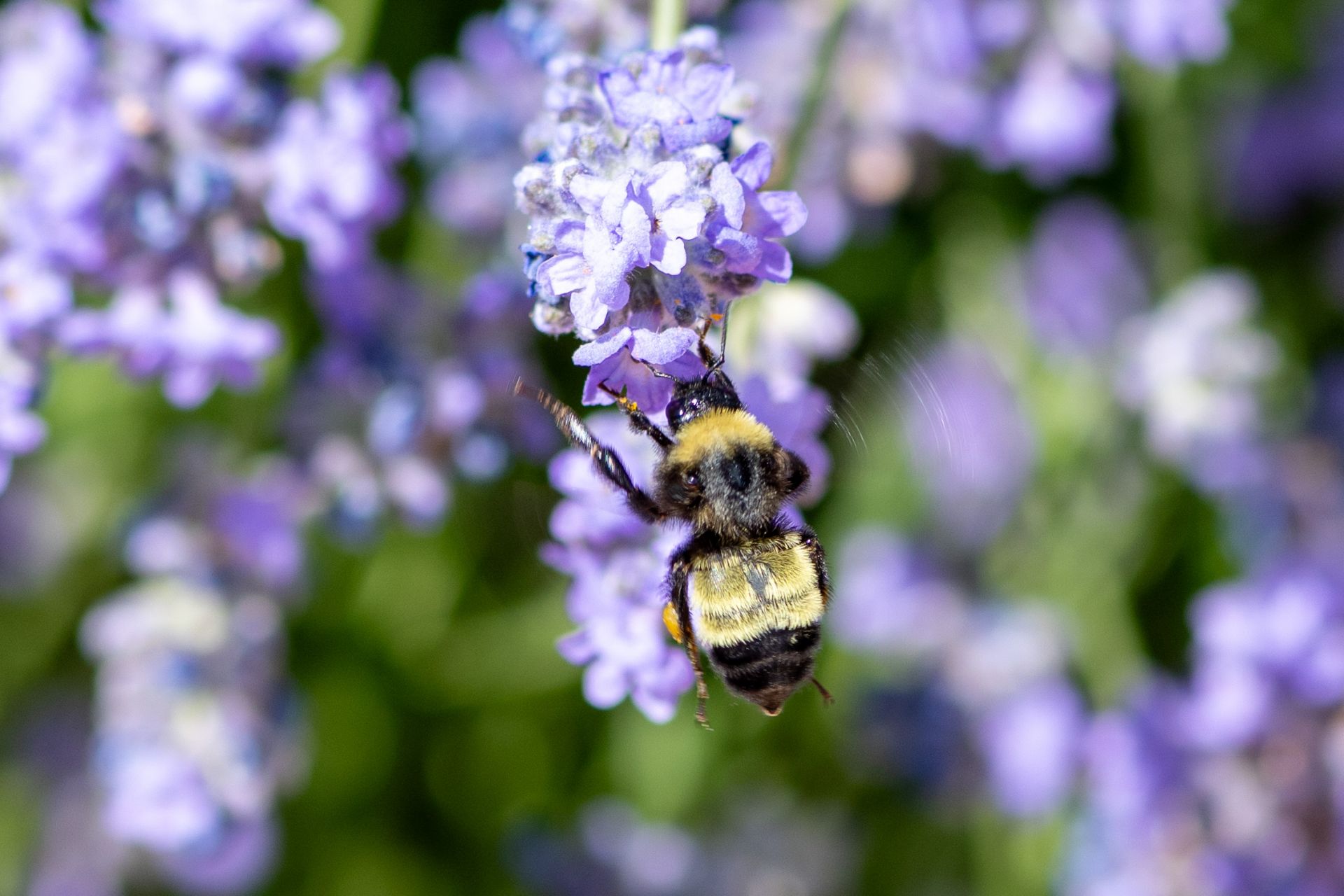
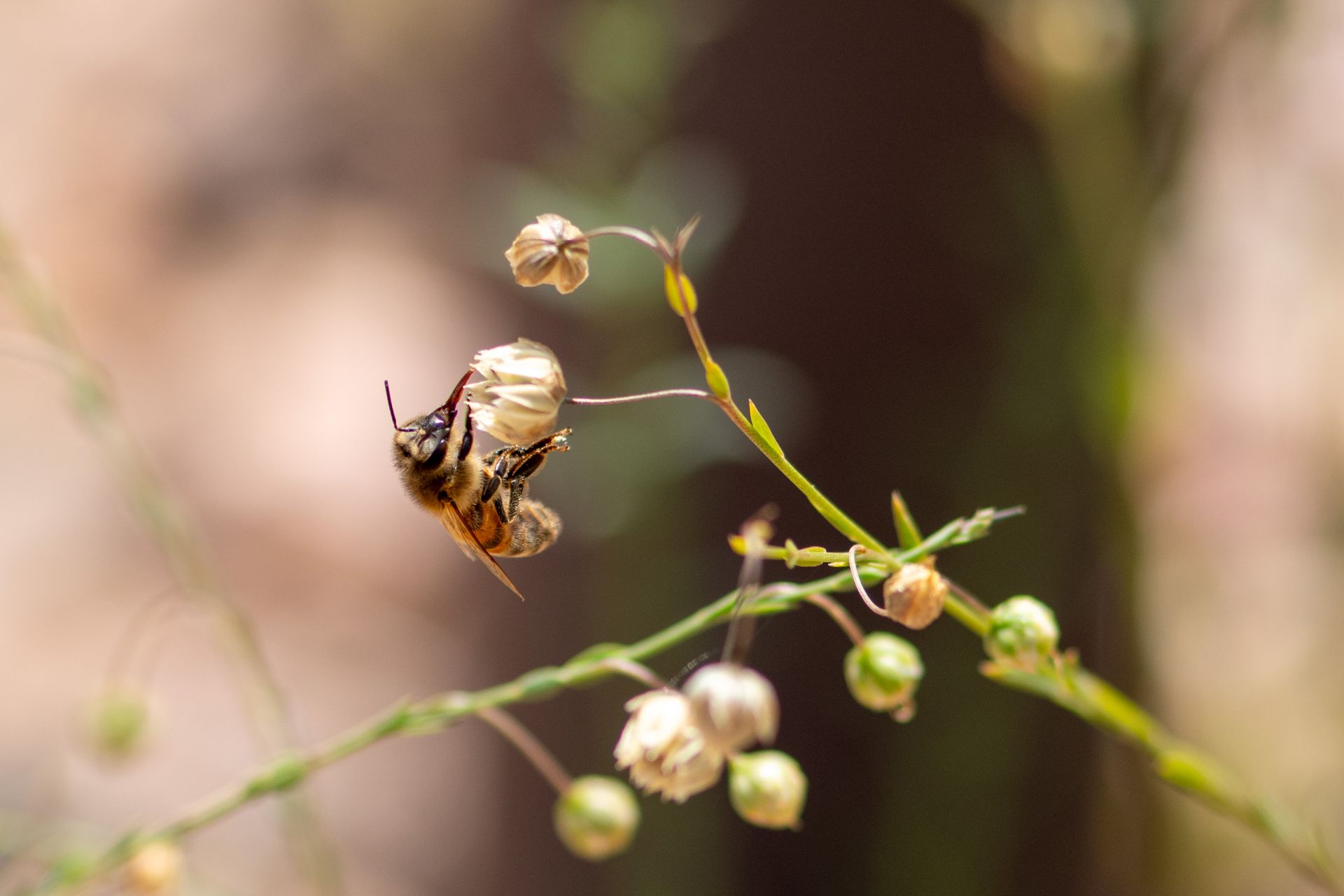
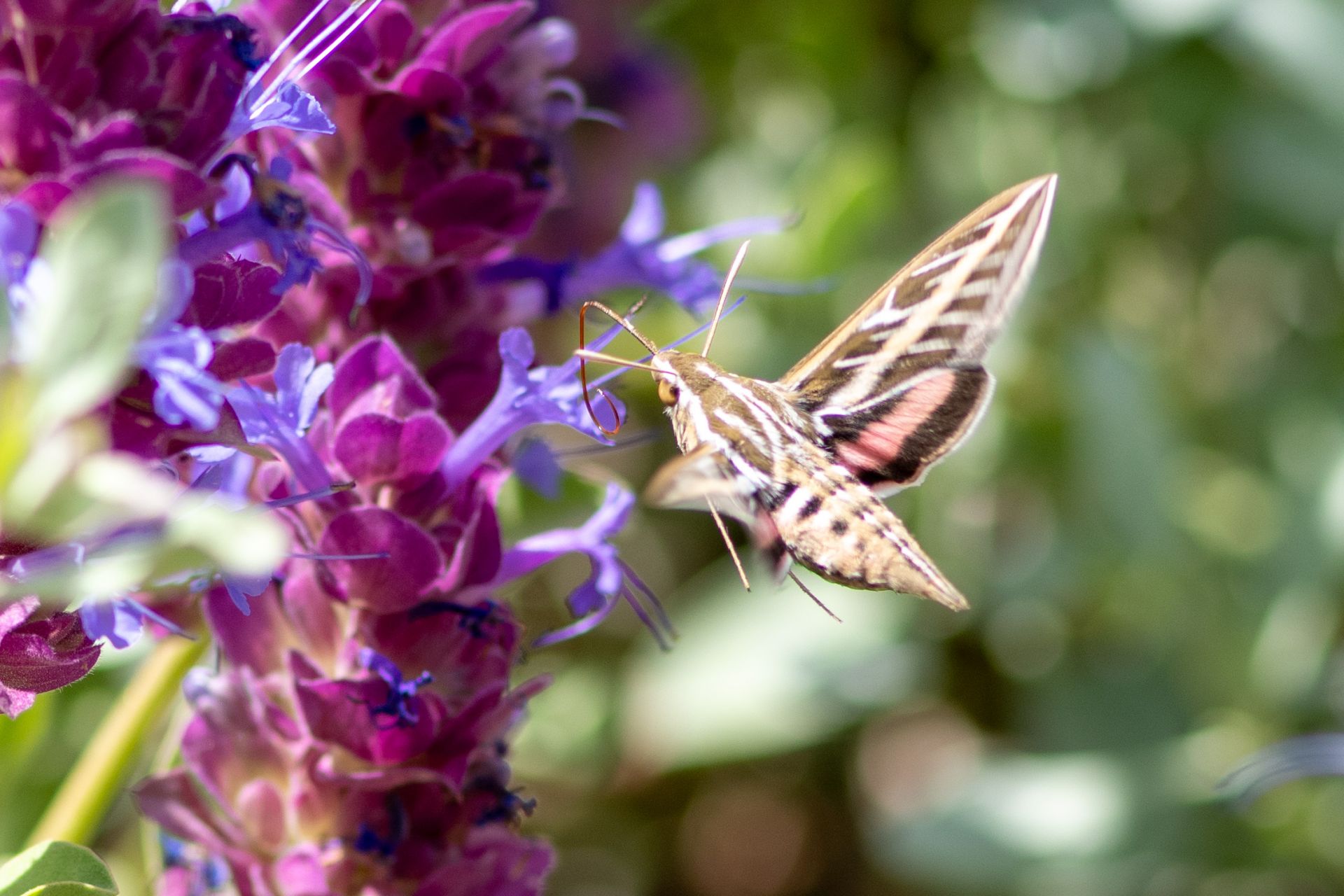
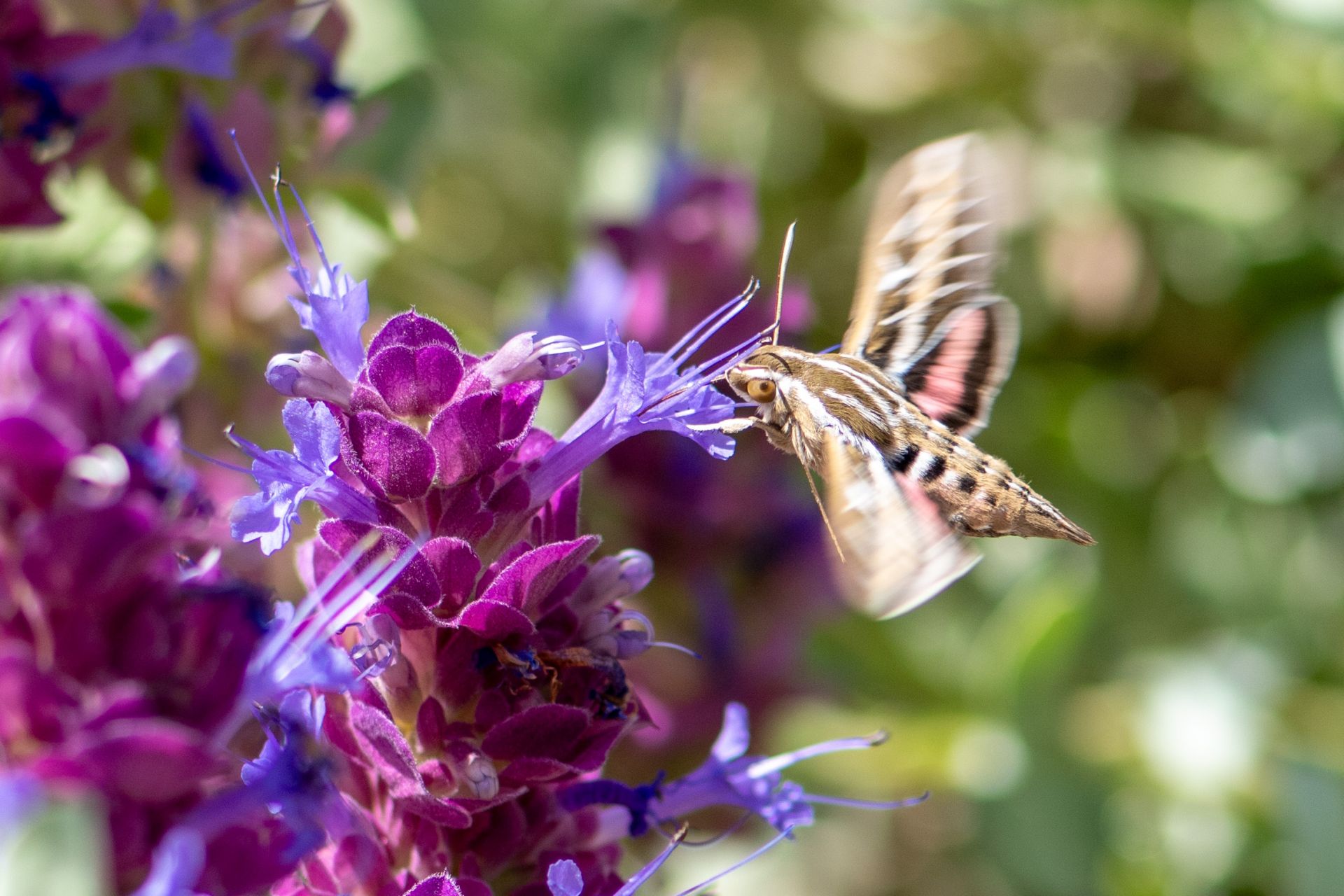
Edited by ConcordAntman, August 6 2023 - 7:01 PM.
In spite of our weird weather patterns delivering weeks of sunshine interspersed with torrential rains, we’ve suffered periods of poor nectar flows. As a result, our local varieties of Yellowjackets have gone crazy raiding bird feeders (hummingbird and Oriole) as well as beehives (fortunately not mine). Here, a Bald-faced Hornet (Dolichovespula maculata) (also known as Blackjacket) dines on grape jelly meant for Baltimore Orioles while some others cause a mid-air collision!
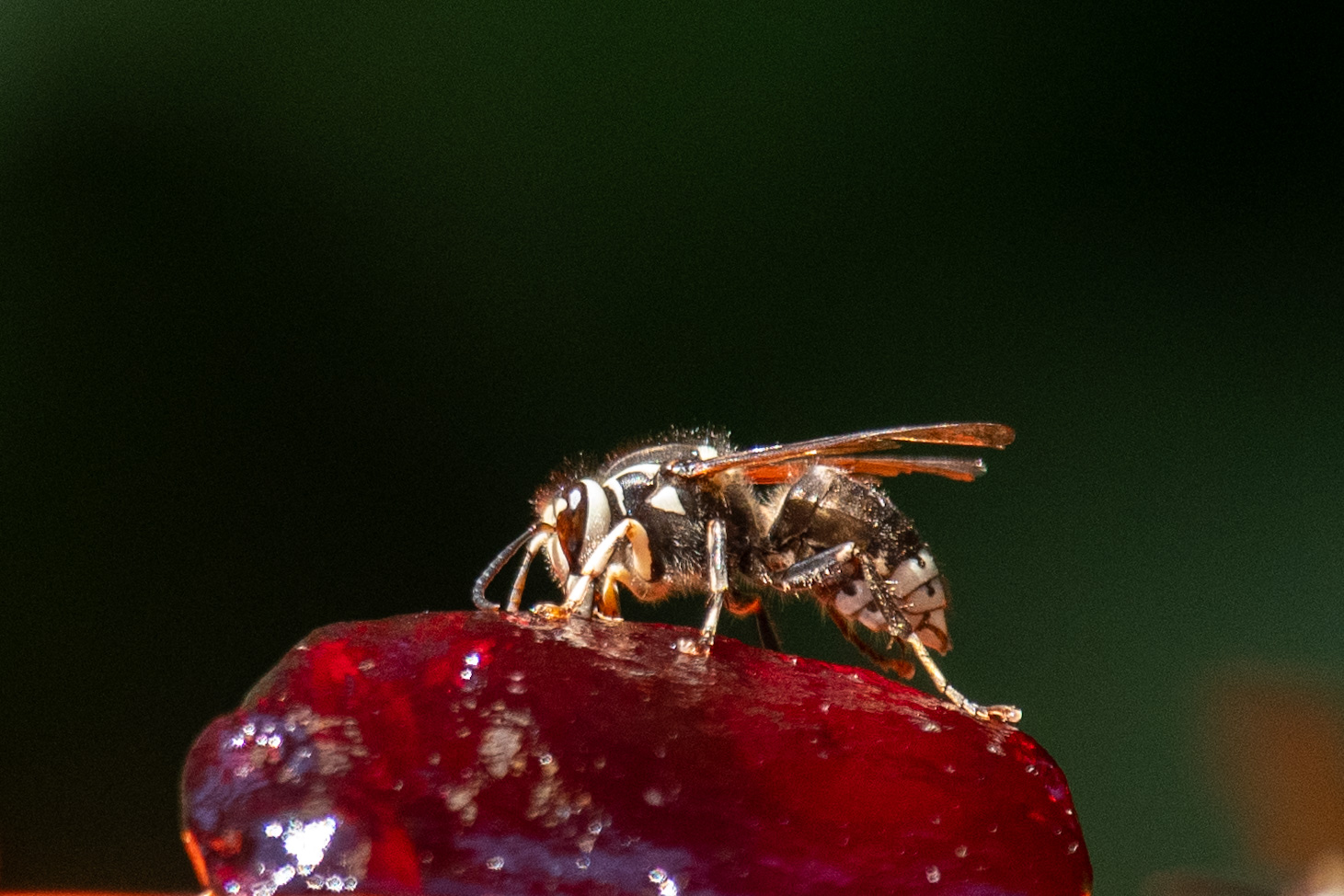
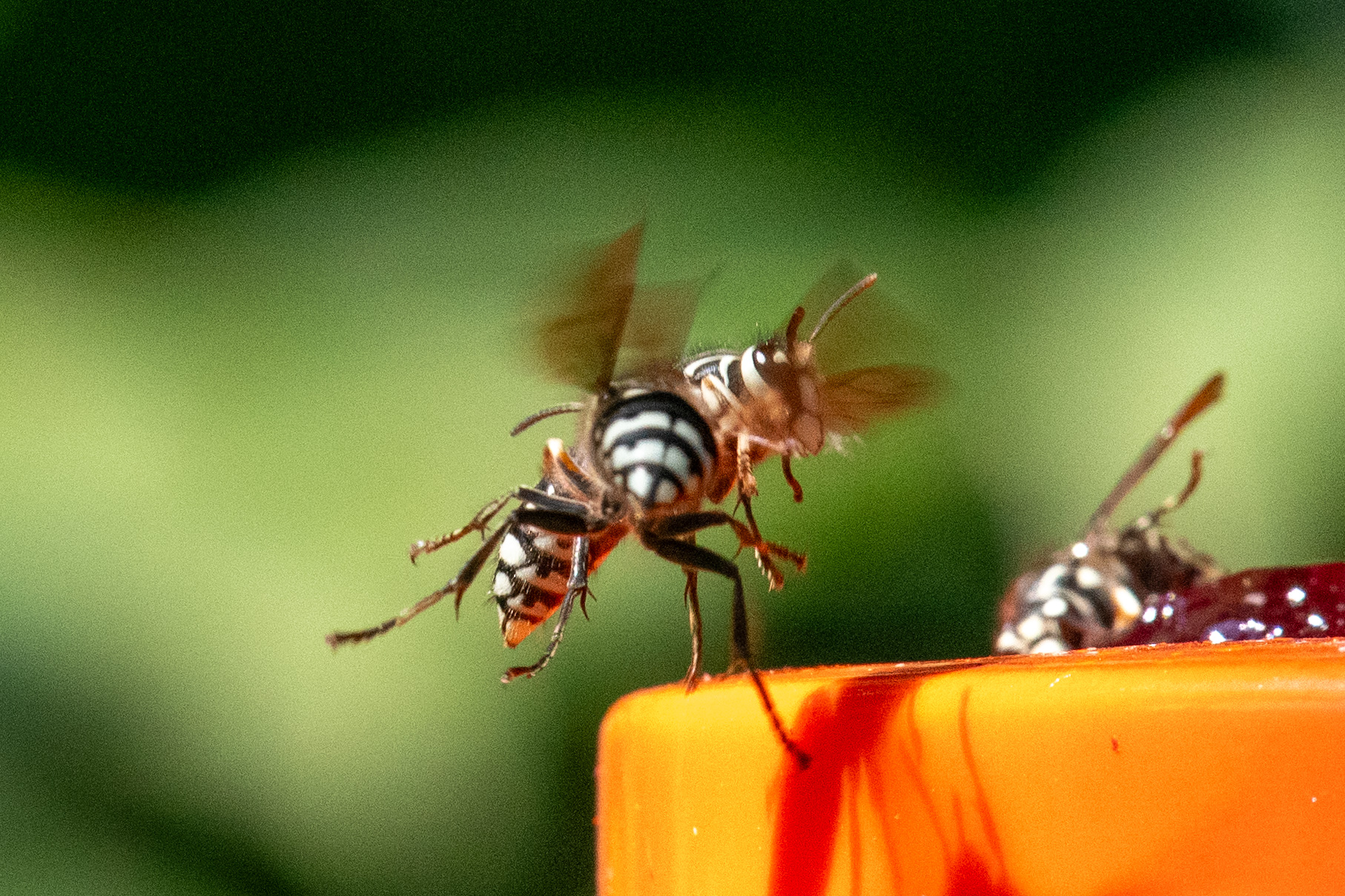
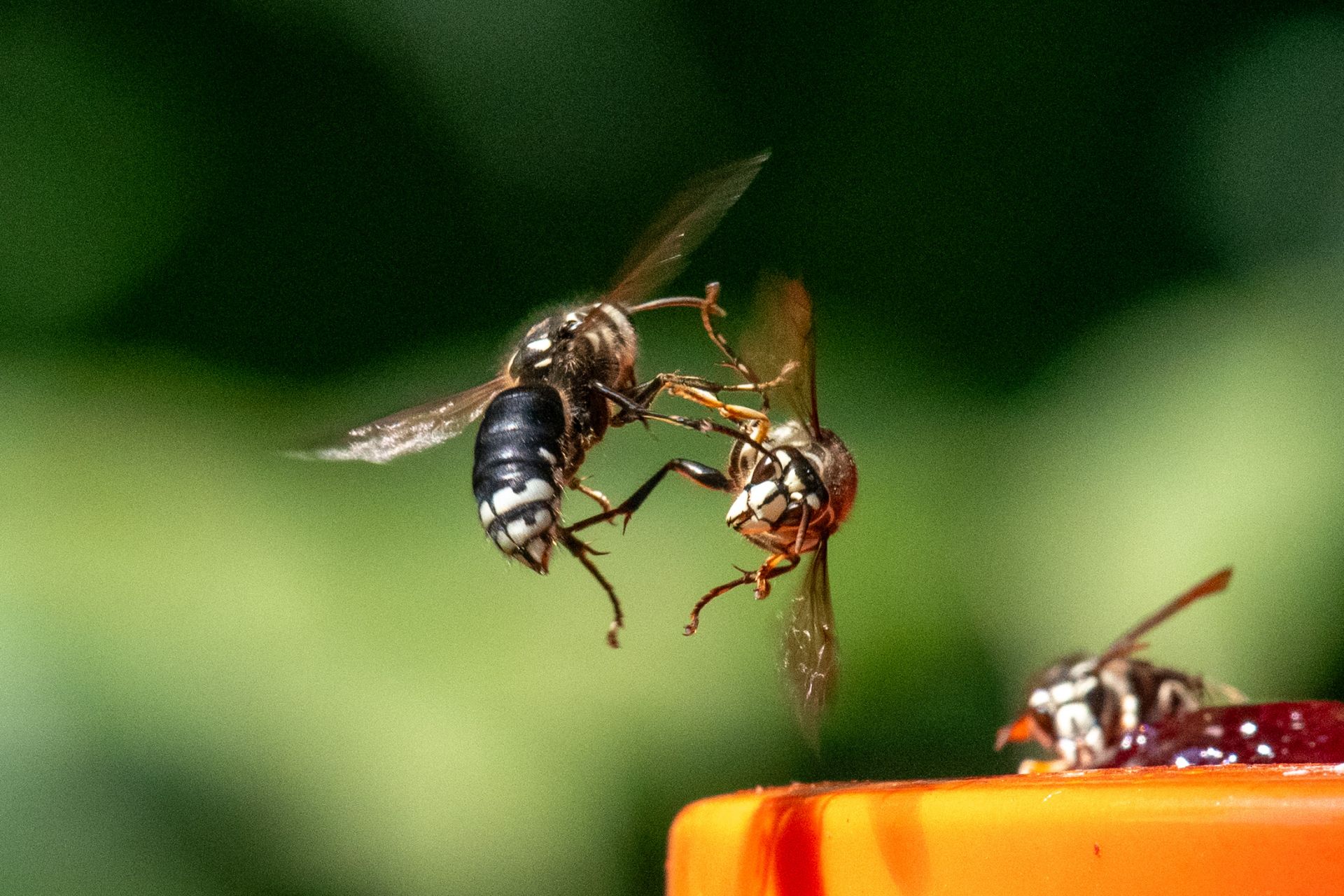
Thanks ![]()
0 members, 0 guests, 0 anonymous users